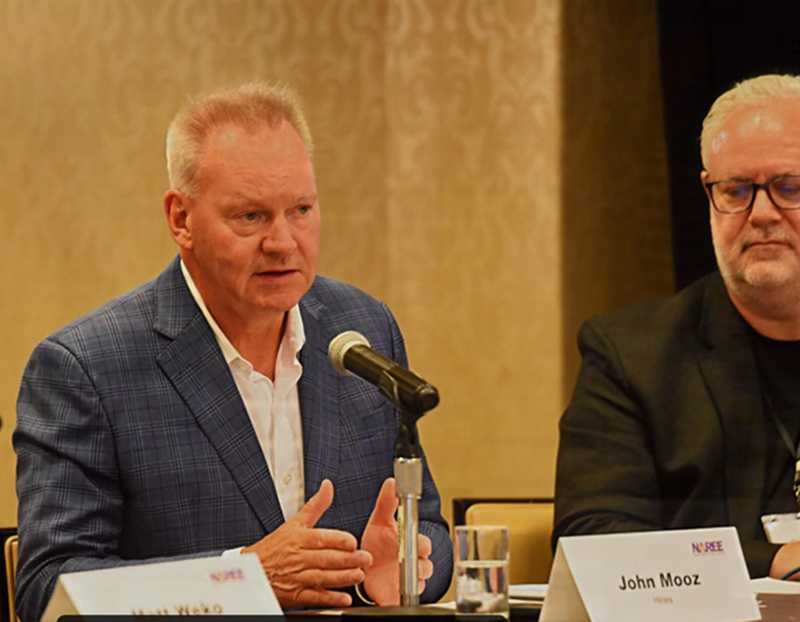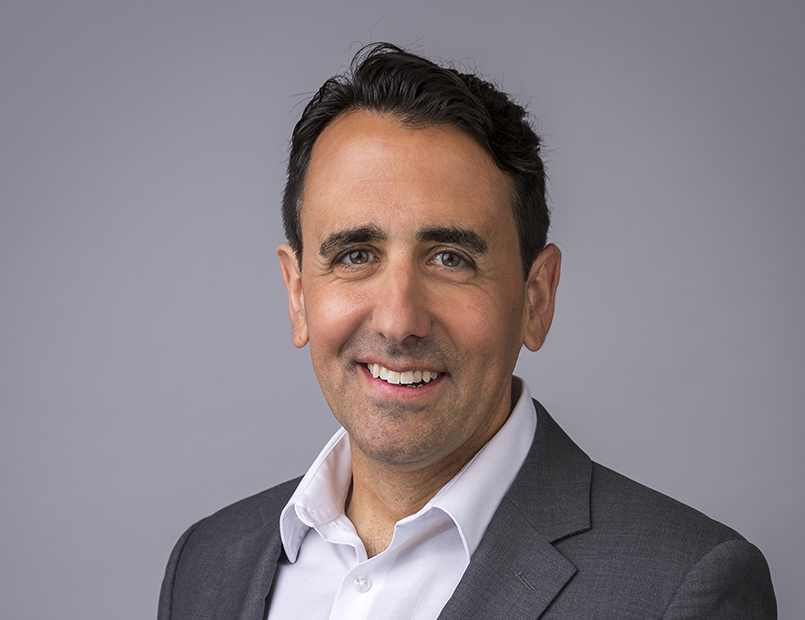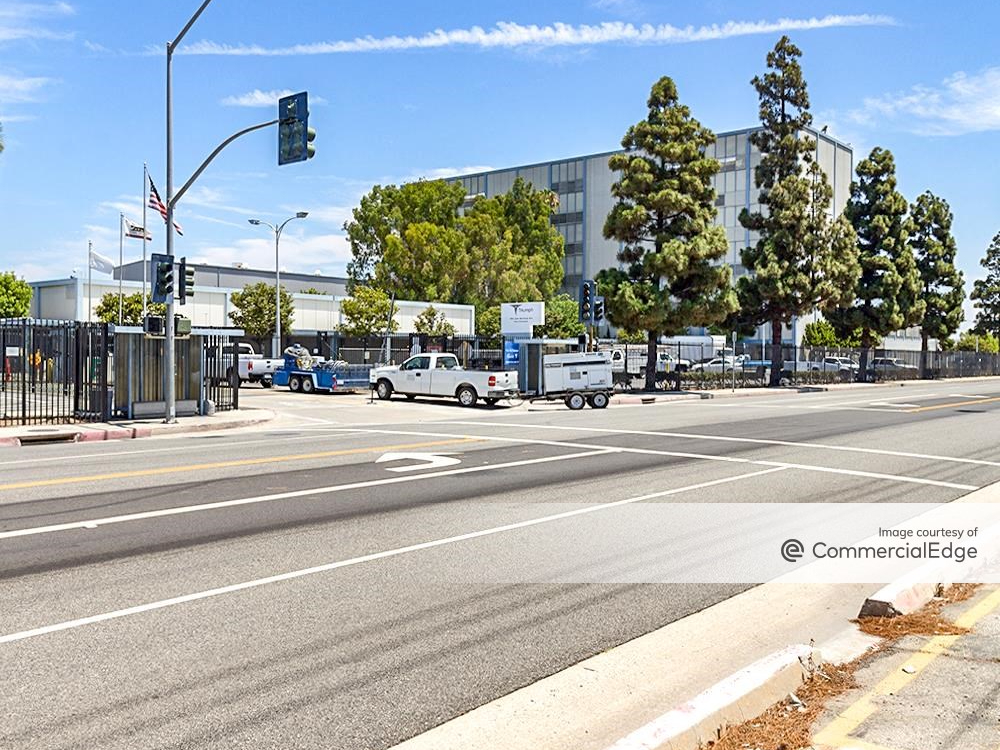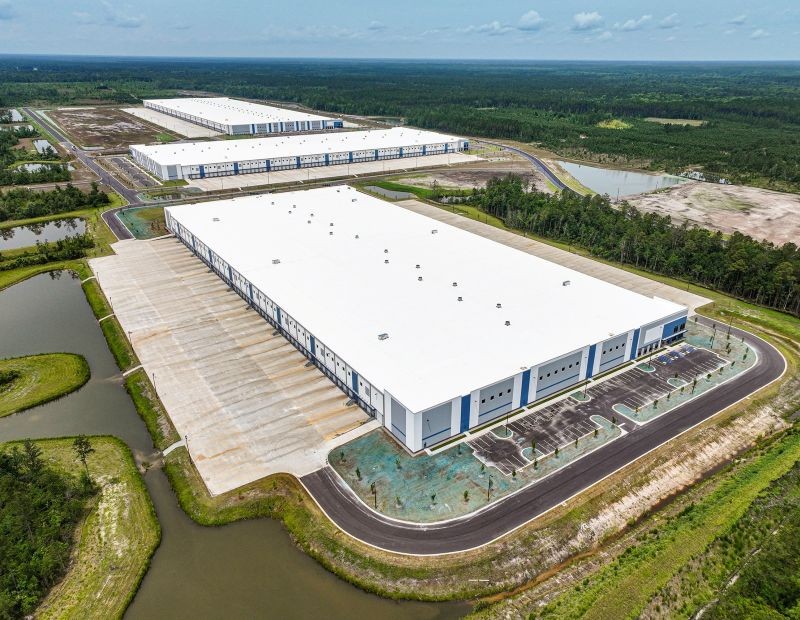CRE Investment in the Industrial Age
Industrial real estate performance may have cooled from its pandemic rush, but it’s still an investor favorite. These days, it’s smaller properties and non-institutional investors.

Industrial performance may have cooled from its pandemic rush, but it’s still the CRE darling. And for good reason. Rents have continued to rise even as the national vacancy rate has doubled during the past two years, according to the most recent monthly industrial report from CommercialEdge. And at 8.2 percent in February, the vacancy rate is still relatively low, with stabilization of new development likely to help keep it there.
That’s attracting investors like Walker & Dunlop Investment Partners, whose most recent fund has strongly favored industrial purchases over its other focus of multifamily as it seeks out value-add and opportunistic investments that will deliver positive, accretive cash flow after debt service, managing director & equity portfolio manager Brian Cornell said during a recent media roundtable. Seventy percent of its closed deals in the past year and a half have been in the industrial space, with a focus on midsize transactions.
Certainly, U.S. industrial investment has been growing, however slowly. It increased 27.8 percent in the fourth quarter, according to CBRE figures reported by Joe Gose in our finance article “CRE Lenders Banking on Deal Momentum.”
And WDIP isn’t the only investor interested in smaller properties. In Brooklyn, N.Y., warehouses priced below $10 million are attracting twice the buyer interest of larger deals, Bobby Lawrence, an associate vice president with Matthews Real Estate Investment Services, told writer Jeffrey Steele for this month’s feature article, “Industrial’s New Groove: Gradual Growth and Tariff Talks.”
Private buyers have been the biggest contenders for industrial property lately, as institutional investors have remained less active. Owner-occupiers have shown particular interest, especially in sub-15,000-square-foot space, according to Chris Nelson, first vice president & senior director of industrial at Matthews. And occupier purchases of properties totaling at least 10,000 square feet rose by 32 percent last year, CBRE reported, to 2,504 properties.
Overall, though, a bid-ask spread that is still the highest since March 2022 continues to deter both commercial and multifamily owners from selling, Cornell noted during the roundtable. “According to our internal surveys, 70 percent of active sellers today are have-to-sell sellers and 30 percent are able-to-sell sellers,” he said. “Which means most of the groups selling today are doing so because they need to.”
But he is not the only one to anticipate greater sales volume later this year, as prices begin to settle and some owners come to terms with market limitations. “Recently, several (family office and other investors) have told me that they’re under contract for their first deal in two years,” Dillon Freeman, senior commercial loan officer at Fidelity Bancorp Funding, told Gose. If the year brings reduced volatility, more transactions could be in store.








You must be logged in to post a comment.